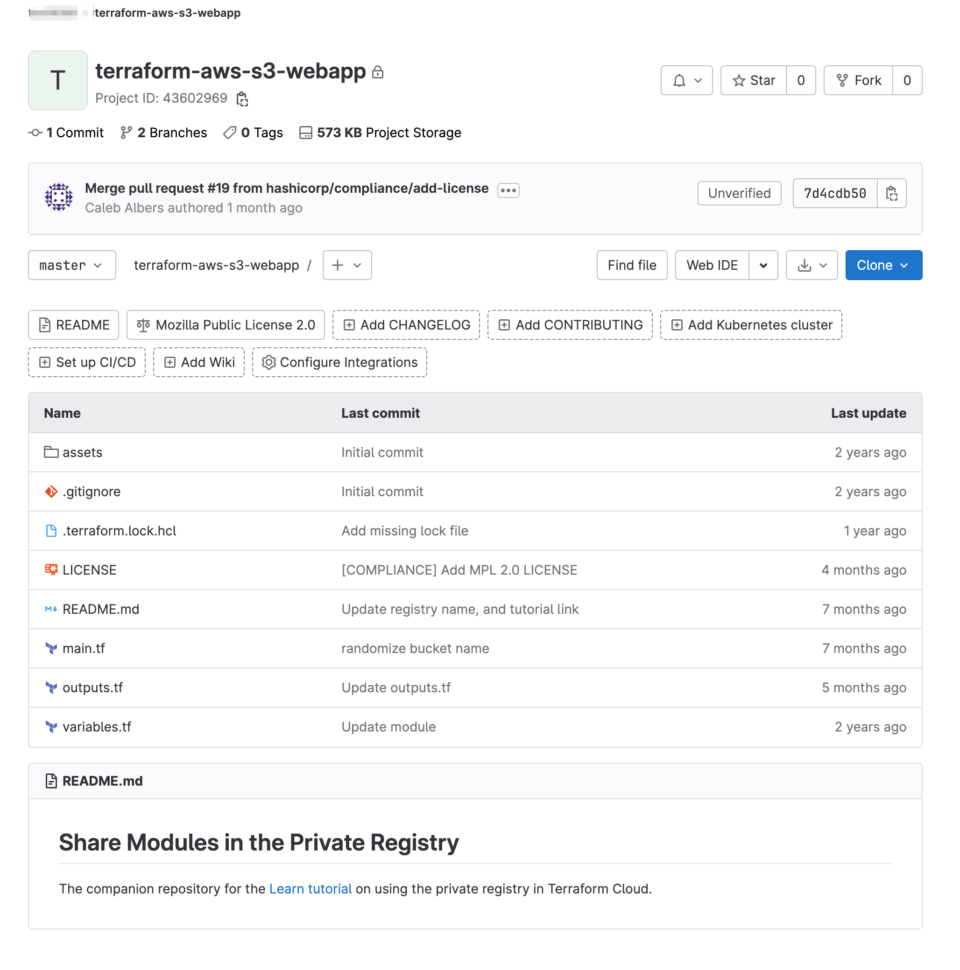

So when would I use s3ql? The first use-case that comes in mind is a virtual single-computer single-user unlimited storage system.

So I cannot use it for sharing data with another computer at the same time. This would allow for a MITM attack.Īlso s3ql does not support parallel access. The developer’s homepage also notes some security problems: it seems that Amazon’s SSL/TLS certificate is not checked. This is how the S3 bucket looked at the end of the day. Kudos for perfectly according to the ext2/3/4 known behaviour! Alas while the file in the lost+found directory was named correctly, it’s length was 0 bytes. The last file was detected of being only partially transferred and it’s fragments were moved to the lost+found directory of the s3ql filesystem. After I’ve killed the s3ql process (worst case for sure) I had to fsck the filesystem (good that I’ve already known the command). This let to mount.s3ql waiting indefinitely. During one unmount operation my crappy wireless router assigned me a new IP address. This means if your system is not waiting for your mount.s3ql process to finish, data might be in limbo between the local cache and the clouds.Īctually I’ve hit the problem due to a shaky network connection. There’s only a problem: umount or fusermount -u return immediately. So unmounting works like a normal block based filesystem (with caching). Let’s do some performance testing with iozone3 (limited to 100mb files): Returns some information, completes and afterward I’m able to mount the volume with mount.s3ql. Your S3 bucket now includes the metadata of an empty filesystem.Ĭhecking inode-block mapping (blocks ).Ĭhecking inode-block mapping (inodes ).Ĭhecking extended attributes (inodes ). As each operation asks those the developers have added the possibility to store all three of those into ~/.s3ql/authinfo2.
Git annex s3 password#
This will ask for your Amazon s3 security credentials as well as an password with which data will be encrypted locally before transmission to S3. Please note that the new file system may appear inconsistentįor a while until the removals have propagated through the backend. The 'Important Rules to Avoid Loosing Data ' section. I assume that an Amazon S3 bucket was already created, in my case I named it lonelydropbox.īefore using S3QL, make sure to read the user 's guide, especially Let’s start with creating (formatting) a new s3ql volume. S3ql was declared stable in May 2011 after 93 beta-tester found no show-stopping bugs. It should also provide good performance through asynchronous network operations and a local cache. Somehow even data de-duplication (the same block will only be stored once) was added to the mix. It offers compression (bzip2, gzip or lzma) and aes-256 encryption combined with a sha256 HMAC for providing secrecy and protection from data manipulation. S3 itself has become a de-facto standard for providing object-based file storage.

Amazon S3 has the advantage of unlimited storage (even if infinite storage would come with infinite costs.). I’ll focus on Amazon’s S3 offering, but there should be many alternatives, i.e. This post tries some filesystems that directly access S3. The conclusion will be a blog post containing a comparison a.k.a. My plan is to try out duplicity, git using transparent encryption, s3-based storage systems, git-annex and encfs+sshfs as alternatives to Dropbox/ Wuala/ Spideroak.
Git annex s3 series#
This is part two of a series about encrypted file storage/archive systems.


 0 kommentar(er)
0 kommentar(er)
